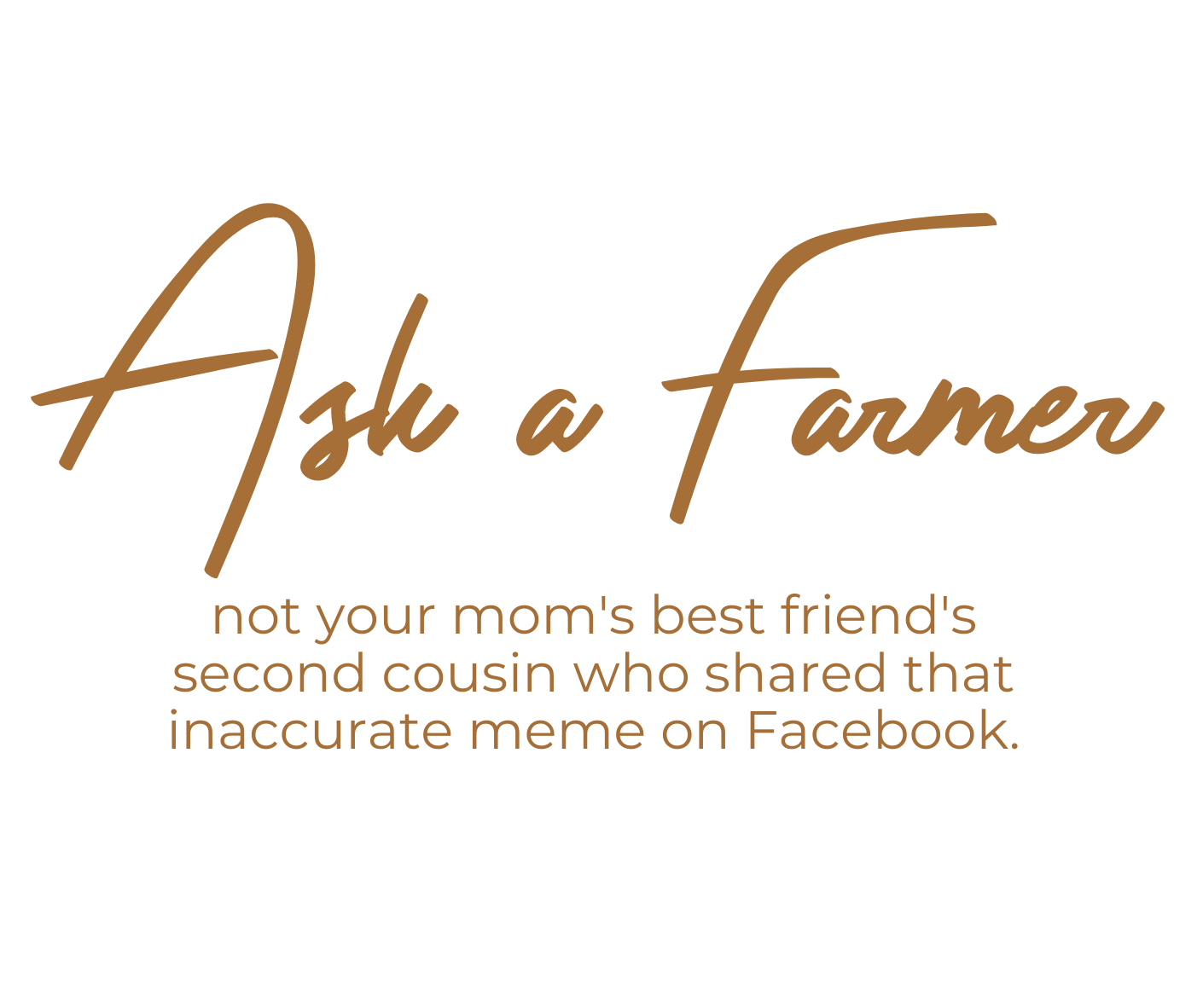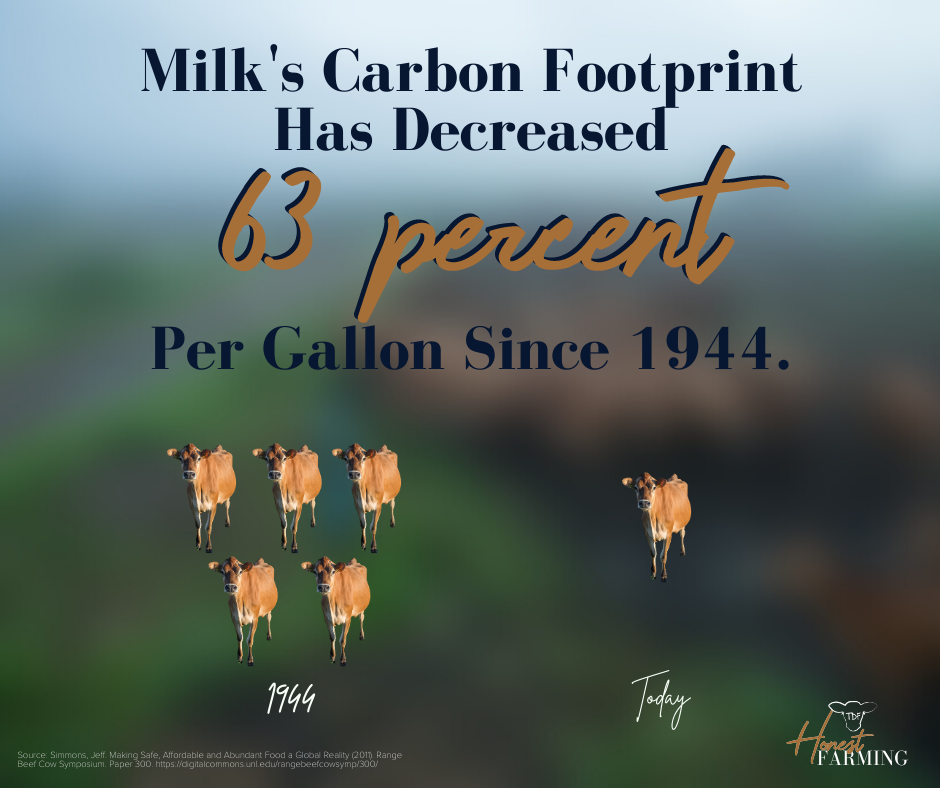Earth Day Thoughts from an Oregon Dairy Farmer
Roughly 3.5 percent of all methane released globally comes naturally from the Amazon’s trees.
Without context, a narrative lacking real substance could spiral in any direction from this data point. Is the 3.5 percent a significant increase? Decrease? What contributed? How? Why?
Let’s look at another one.
Agriculture represents only 9.9% of total US greenhouse gas emissions.
Can we move the needle?
We’re doing our best, that’s for sure.
The dairy industry, specifically, has reduced the carbon footprint of a single gallon of milk by 63 percent since 1944.
Yet, we’re often showcased as the worst offender to our planet’s health.
It’s funny, though, that while the world shut down, an emissions case study inadvertently took place. Planes, trains and automobiles halted, which account for 29 percent of greenhouse gas emissions and US emissions dropped by 10 percent.
And, this happened while cattle continued to consume plants and byproducts humans cannot digest using their unique digestive systems and transforming them into delicious, nutrient-rich products.
Now, let’s add a layer.
Farmers and ranchers partner with programs like the Lesser Prairie-Chicken Initiative, which strives to make up for the 11 million of acres lost to development over the last 20 years by improving wildlife habitats that snowball into improving the long-term sustainability of their land.
What I’m saying here is it’s not enough to take a viral meme or graphic at face value. Look beyond a single data point to see what’s really happening.
I get it, though. Reading the EPA’s 791 page U.S. Greenhouse gas emissions inventory report doesn’t sound like the way I’d like to spend my time either.
The good news, I’m going to continue showing and unfiltered, transparent insights in the food and agricultural industries. And, if I’m not a subject-matter expert, I’ll find someone who can help answer the tough questions.
Happy Earth Day, friends.


